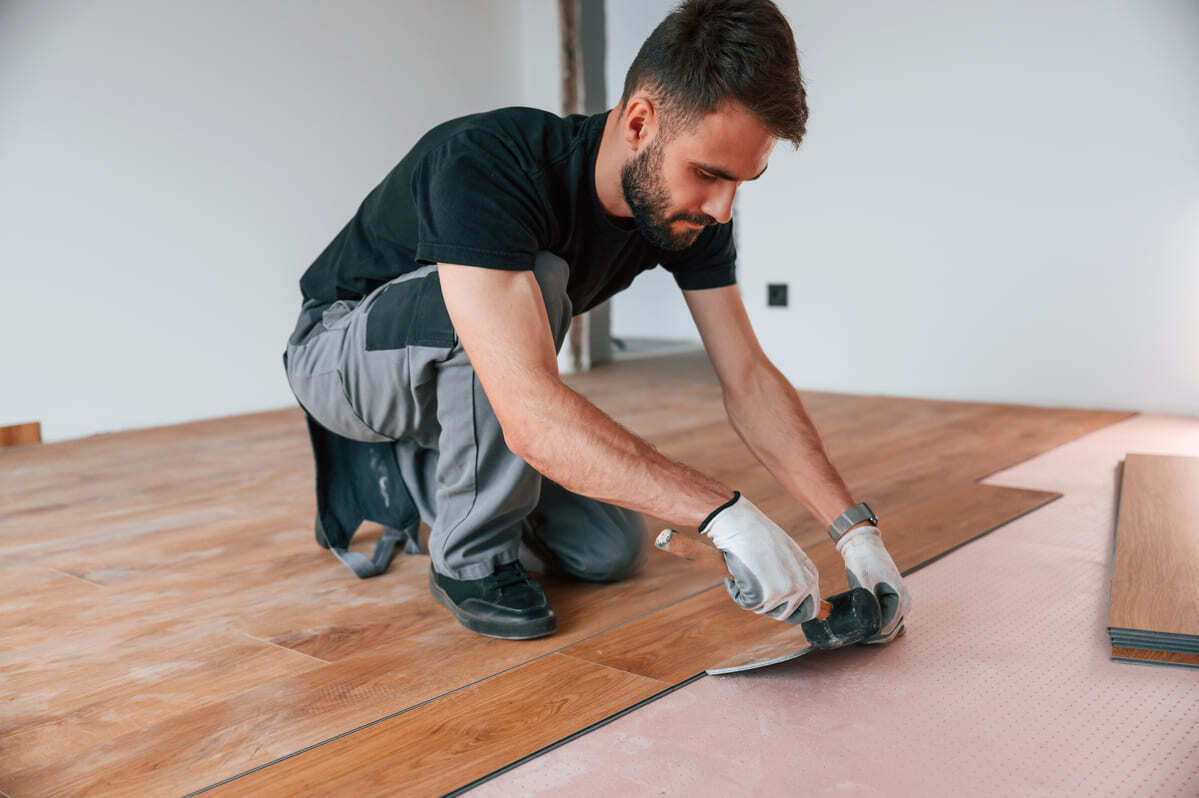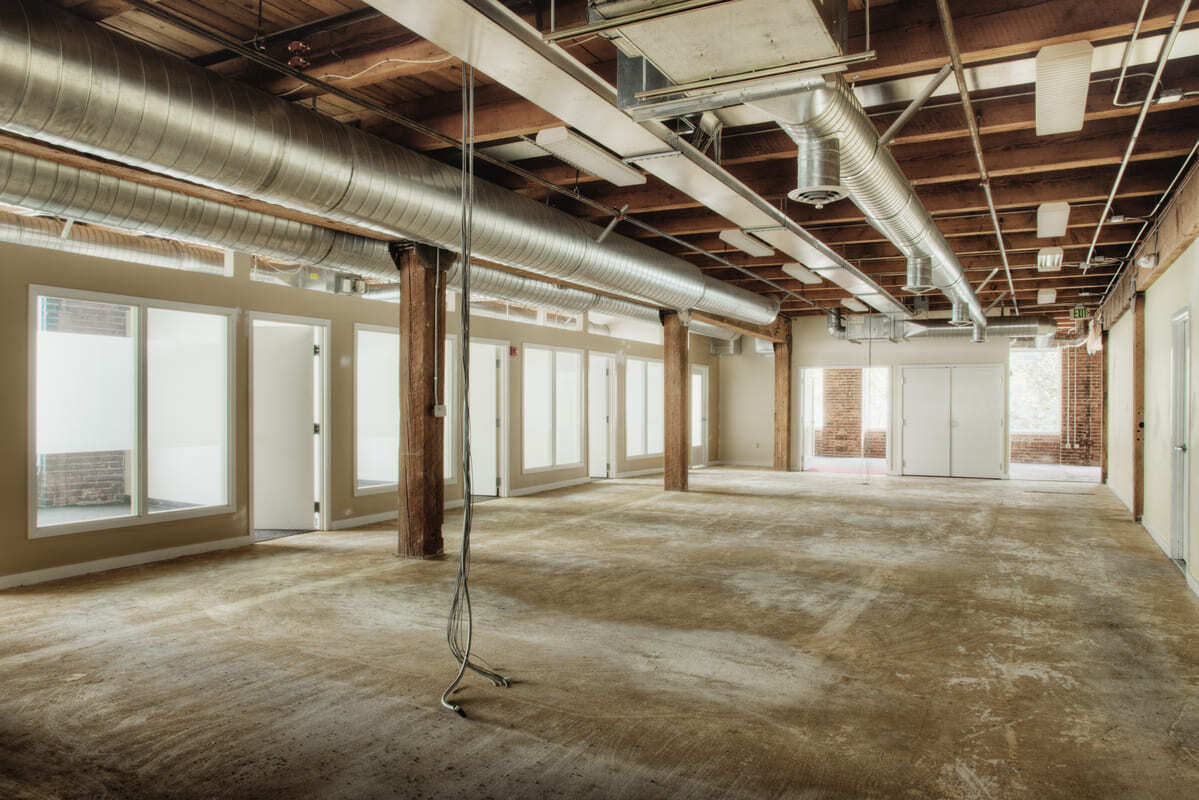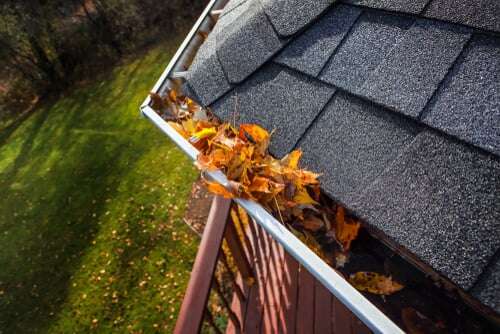 The topic of dry rot isn’t something that comes up in everyday conversation. In fact, many people don’t even know it’s a part of their home until they have a reason to look for it. In our previous article, “Home Tips: How to Detect and Repair Dry Rot In Your Home”, we talked about the urgency of taking care of dry rot found in your home. Whether you recently had a home inspection that detected dry rot in your home, or you simply want to avoid ever having to deal with it, learning how to prevent dry rot in the future is important.
The topic of dry rot isn’t something that comes up in everyday conversation. In fact, many people don’t even know it’s a part of their home until they have a reason to look for it. In our previous article, “Home Tips: How to Detect and Repair Dry Rot In Your Home”, we talked about the urgency of taking care of dry rot found in your home. Whether you recently had a home inspection that detected dry rot in your home, or you simply want to avoid ever having to deal with it, learning how to prevent dry rot in the future is important.
Let Common Sense Prevail in Preventing Dry Rot
As you move to prevent dry rot, adopt a common sense approach. Since dry rot occurs after moisture and fungus build up on timber, often over a period of time and usually in a poorly ventilated area, your goal is to reduce or eliminate moisture where you're most likely to find it, both inside and outside your home.
If you find that you're fighting a losing battle, the wood should be treated with a fungicide to inhibit the growth of the fungus and to stem further damage. But remember that Experts in Your Home are ready to both thoroughly inspect your home and apply the treatment, if necessary.
Stop Dry Rot in its Tracks
You can make great inroads in preventing dry rot by focusing on:
- Your home's attic, by ensuring that it is properly ventilated and insulated. Outside water damage almost always shows up here, but it also can be easy to miss. Check your insulation carefully; damp or uneven insulation is a sure sign that you have an infiltration problem that must be located and repaired.
- Your home's basement, by sealing the floor to reduce ground moisture and checking the humidity level. If it registers above 50 percent, install a dehumidifier to counteract the problem.
- Your home's crawlspace, by sealing the surface and ensuring that it's amply ventilated.
- Your home's deck, by ensuring that it's properly sealed.
- Your home's doors, by ensuring that they close properly and are sufficiently sealed.
- Your home's gutters and downspouts, by ensuring that they remain free of obstructions. If your home experiences excessive water runoff, consider using rain barrels to store the excess.
- Your home's plumbing, by ensuring that your sinks, toilets, showers and tubs aren't leaking. Plumbing leaks are a major cause of dry rot, but you can't be in a hurry to diagnose them. It's easy to miss a slow, sporadic leak if you merely open a bathroom vanity and, seeing nothing wrong, close the door and move on. So stay alert for signs of a water leak, including: damp, musty smells, bubbling or blistering paint, discolored, water-stained, cracking or splitting wood and wood that feels soft to the touch.
- Your home's roof, by having Experts in Your Home inspect it once a year to identify potential trouble spots. Your roof is your home's best defense against water damage, but weak points – around the chimney, skylights and other openings – can compromise its integrity. If your roof sustains damage from a storm or other catastrophic event, call us so that we can make the necessary repairs.
- Your home's siding, by ensuring that it's properly sealed.
- Your home's ventilation, by ensuring that your kitchen, bathroom and attic ventilation is structurally sound and properly sealed.
- Your home's windows, by ensuring that they operate as they should (malfunctions often point to a structural deficiency) and are properly caulked and sealed.
Since dry rot is rarely fully exposed – preferring to lurk inside crevices and walls and underneath floors and roofing – the last thing you want to do is embark on a remodeling or building project requiring the addition of new lumber on top of old.
For this and all your other concerns about preventing dry rot, call Experts in Your Home. We're here to help.








